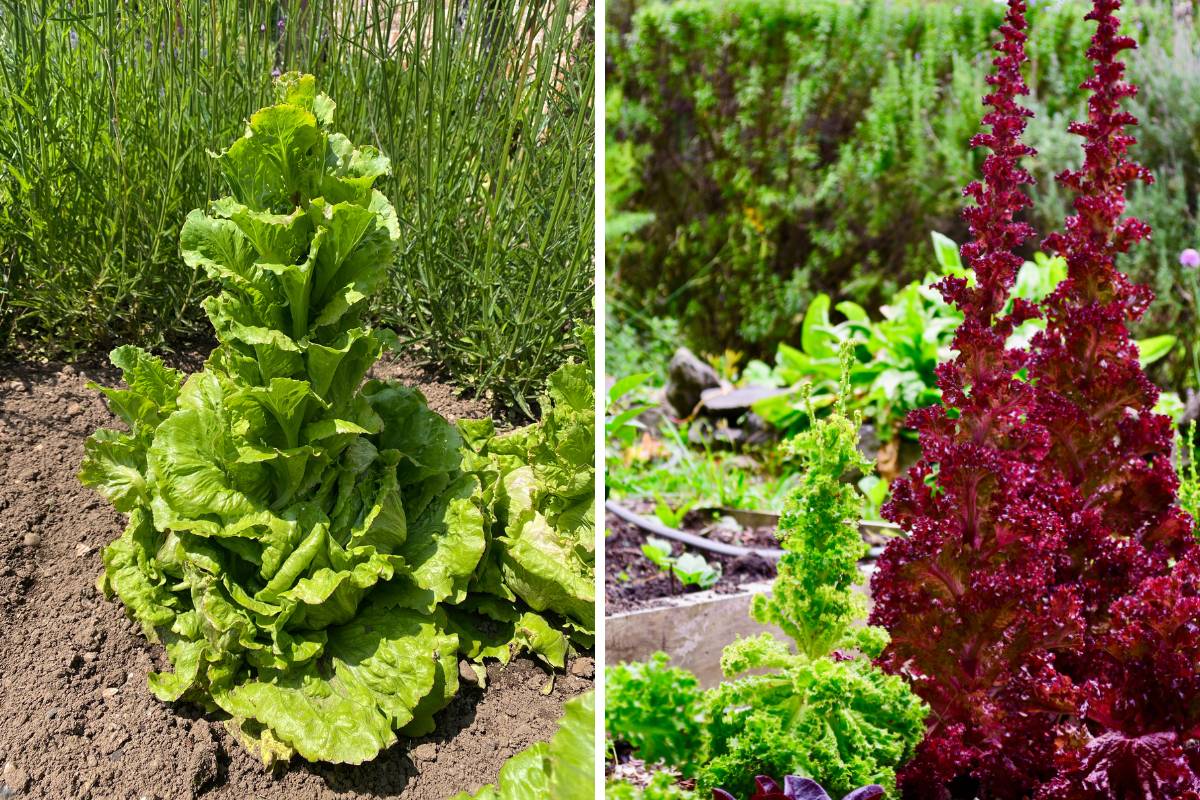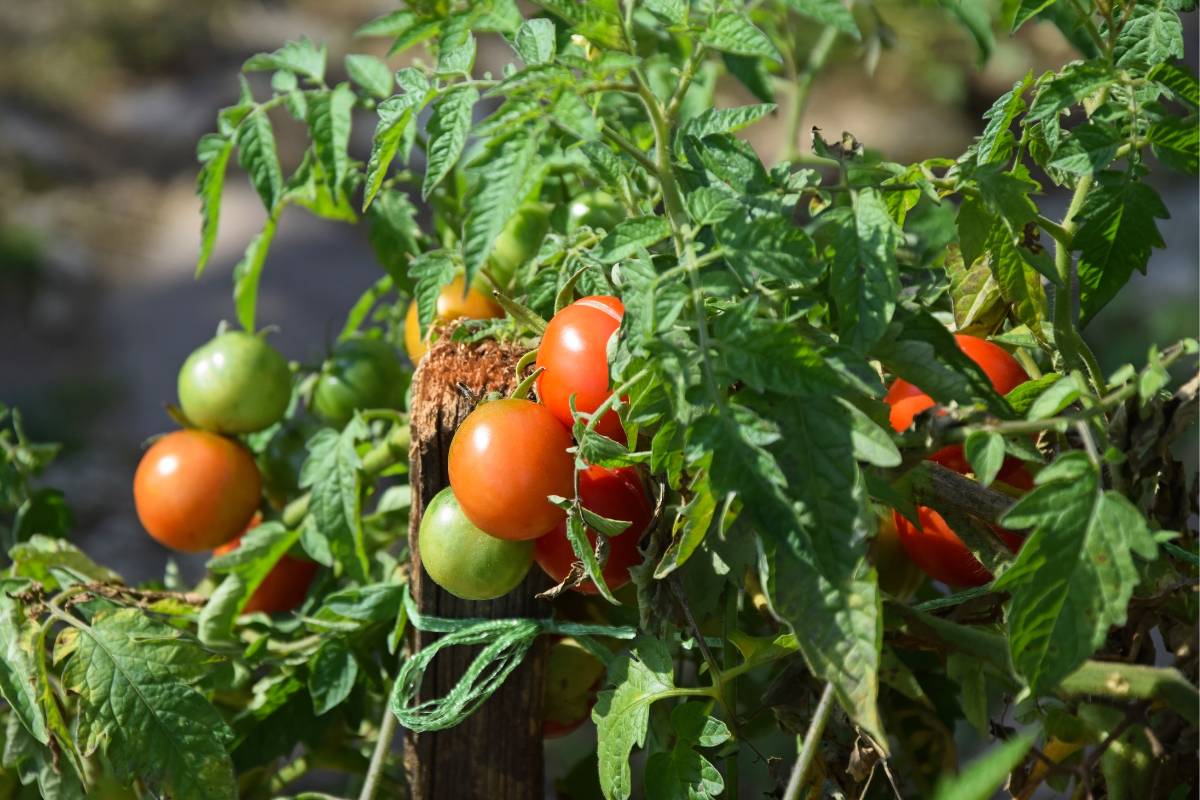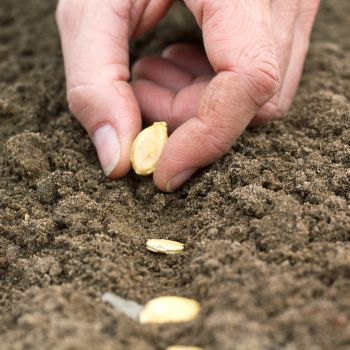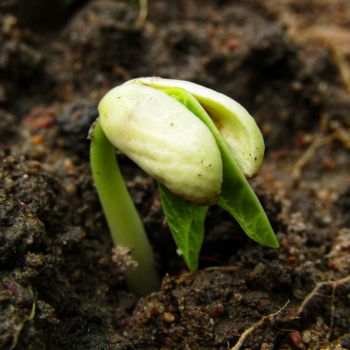Our seed saving series outlines the techniques and methods needed to save seeds in your garden.
Contents:
Seed saving offers the opportunity to improve your plants' health, productivity, and harvest quality as each year passes. To achieve this, it's essential to choose the very best examples of each variety in your patch, so that the characteristics you most value are passed on to the next generation.
But what does choosing the best plants mean in practice? Here are the five main points to bear in mind.
1. Choose Healthy Plants Only
The first and most important rule is to only choose the healthiest plants in your garden. Look for all-round fitness including vigorous growth, high fruiting if applicable, and an absence of disease. Remember, all the plants' characteristics will be reinforced with each generation, good and bad, so you need to start from the healthiest base possible.
2. Select for Desired Results
But it's also important to look beyond the general health of the plant. Saving seeds lets you select for the traits you most value, so decide what exactly what you want from the plant and choose the specimens that most closely match those. Maybe you'd prefer more compact growth for a smaller space, or a more sprawling plant that could give a heavier harvest. Or, you may choose to favour certain leaf characteristics such as red or highly ruffled leaves in lettuce.
Whatever your preferences, the aim is to choose the plants you already have that most closely provide the results you want and use them as the basis for selective breeding. Thinking about the desired traits you want in your plants helps direct your seed saving efforts, and is the key to developing new varieties.
3. There's No Rush
Saving seeds is a long-term project, and there's no need to rush and harvest the first seeds that appear on your target plants. In fact, it's often prudent to wait a while and collect seeds from plants with slightly delayed seeding.
If you collect the first seeds to appear, you'll be selecting for early seeders, and that trait will be passed on more strongly. This might not be ideal, especially for vegetables, salads, soft herbs and other plants which are at risk of bolting. Choosing plants that are at least a little reluctant to set seed can develop a useful level of bolting resistance as the generations pass.
On the other hand, if your growing season is short, you may want to actively select plants that mature more quickly - this can be a particular advantage for slow-maturing crops like cauliflower and cabbage. It's all a matter of what's most important for your conditions and preferences.
4. Remove Rogue Elements
There's always some natural variation in a species' population. So-called rogue or off-type plants can appear from time to time, especially in plants that are highly prone to cross-pollination. While in the main this isn't such a bad thing as it increases diversity in a population, if you're planning to save seeds it's a good idea to remove these rogue plants as soon as you detect them. If you let them flower, there's a high chance of accidental cross-pollination, spoiling the purity of the seeds you're trying to preserve.
5. Bear Genetic Diversity in Mind
Although you want to choose the very best specimens in your patch, it's also important to save seeds from several plants to maintain some genetic diversity in your next generation. If you take seeds from only a single plant you risk creating a genetic dead end, leading over time to a condition called inbreeding depression. This outcome increases the risks of disease, can make future seeds less viable, and will generally lower the vigour of your variety's population.
The number of source plants to take seeds from varies from species to species, so it's best to find the recommended figure for the plants you have in mind using a reliable seed saving chart. But as a rule of thumb, start with around six parent plants, perhaps fewer for peas, beans and other legumes, and perhaps a few more for corn.
Without genetic diversity, the more highly bred and specialised varieties will tend to regress to standard forms over a few generations. For example, multi-coloured corn will eventually return to a single colour unless enough diversity is maintained.
Marking Your Selections
Once you've selected your seed saving candidates, mark them out with a label or brightly coloured ribbon so that you - and others - remember not to harvest them by accident. Also, if necessary, protect the developing seed heads from birds or other predators, for example by enclosing them in a net bag.
It's now time to wait for seed maturity, before collecting and cleaning them ready for storing, and these will be the topics covered in the next article in this series.







